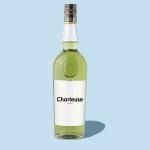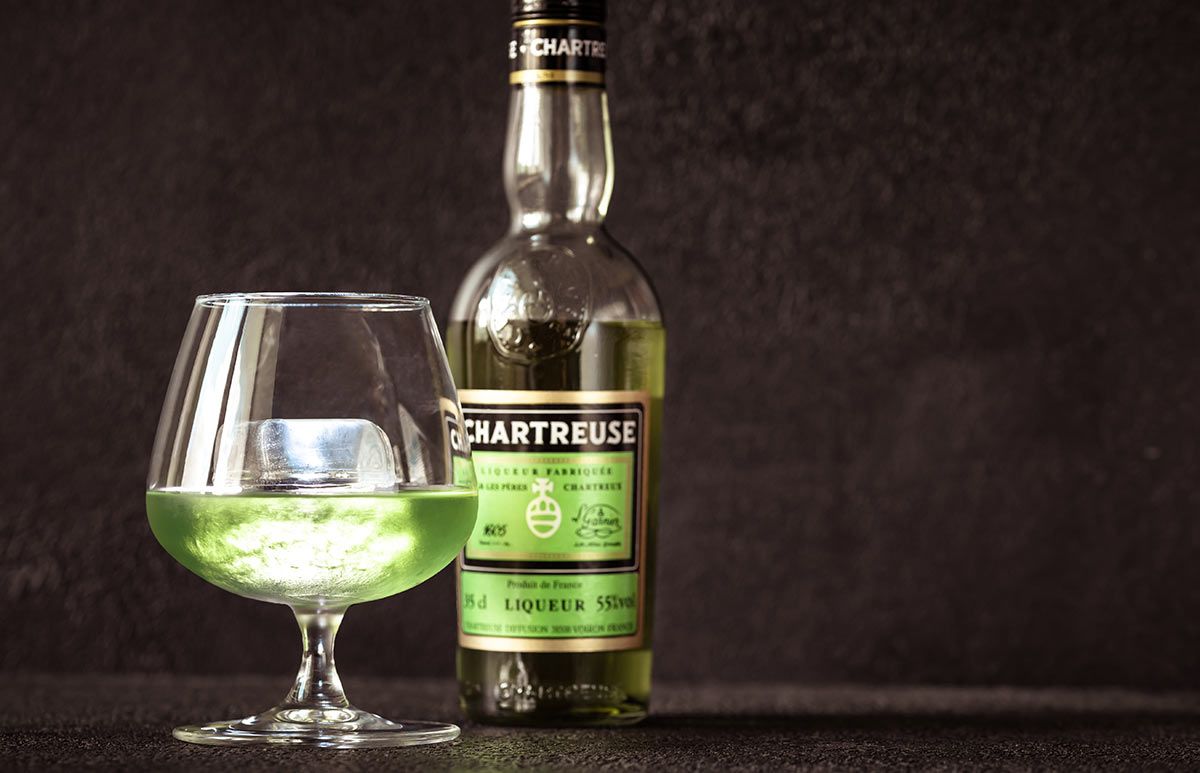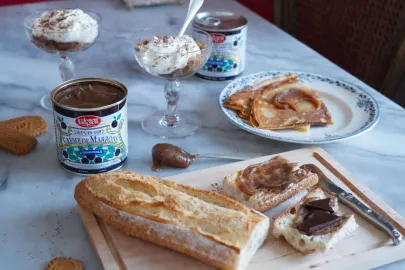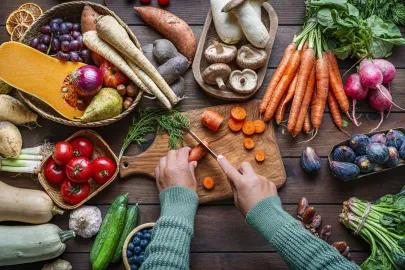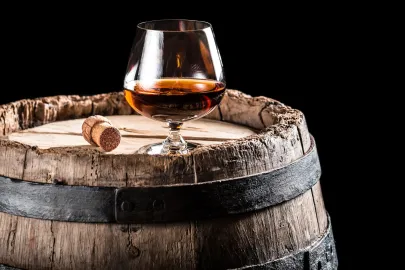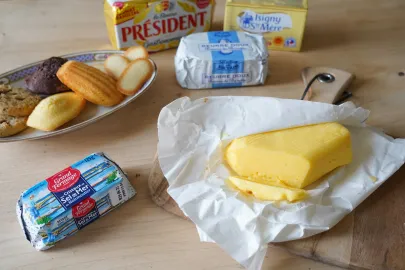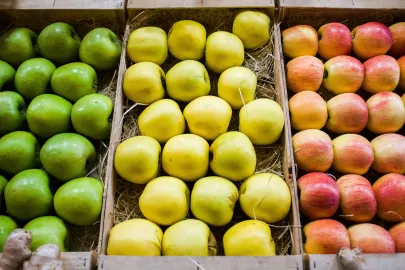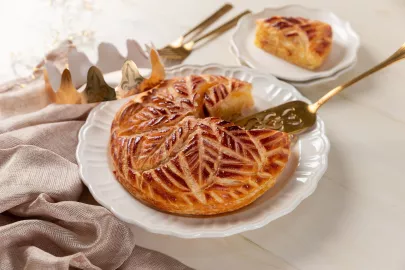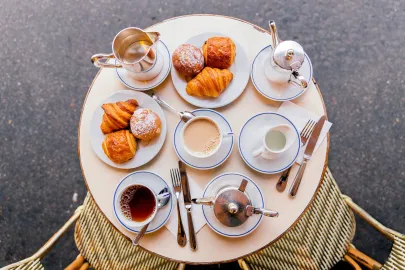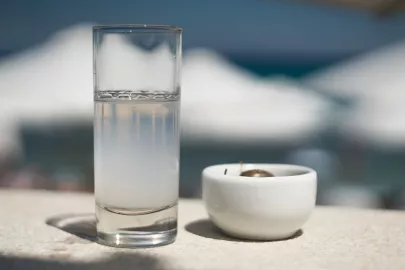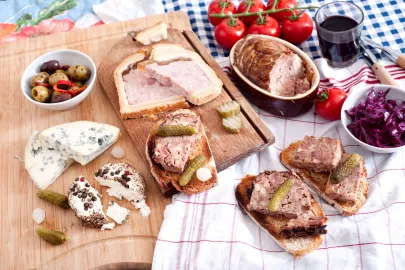You've seen it, heard of it, and most likely tasted it at some point. But how much do you really know about Chartreuse? This enigmatic French liqueur is a staple in cocktail culture both in and outside of France, and beloved by bartenders worldwide. But what exactly makes this neon-hued drink so special? Let's dive into everything you need to know about Chartreuse.
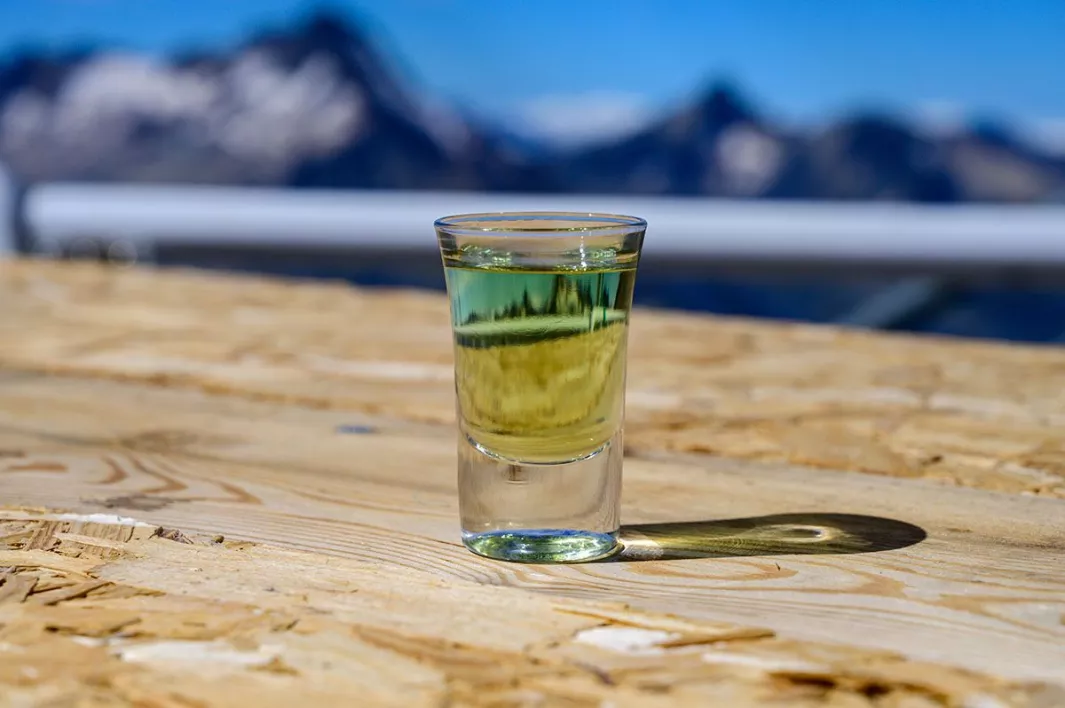
What Is Chartreuse?
Chartreuse is a French liqueur made with 130 herbs and botanicals, known for being one of the only liqueurs that improves with age. First produced by Carthusian monks in 1737, the recipe was discovered by François Annibal d’Estrées in 1605.
Where Is Chartreuse Made?
Chartreuse is exclusively crafted at the Aiguenoire distillery in Entre-deux-Guiers, a town located in Isère, in the heart of the French Alps (about an hour’s drive from Grenoble).
How Is Chartreuse Made?
The secret recipe for Chartreuse has been passed down by Carthusian monks for generations. Green Chartreuse uses a sugar beet-based spirit, while Yellow Chartreuse uses a grape-based spirit. Both are distilled in copper pots, macerated with botanicals, and aged in charred French oak barrels. Only two monks, Dom Benoit and Frère Jean-Jacques, know the exact blend of herbs, sourced from around the globe. Ranging from citrus rind to thyme, to saffron and beyond, the precise recipe has remained a well-guarded secret for centuries.
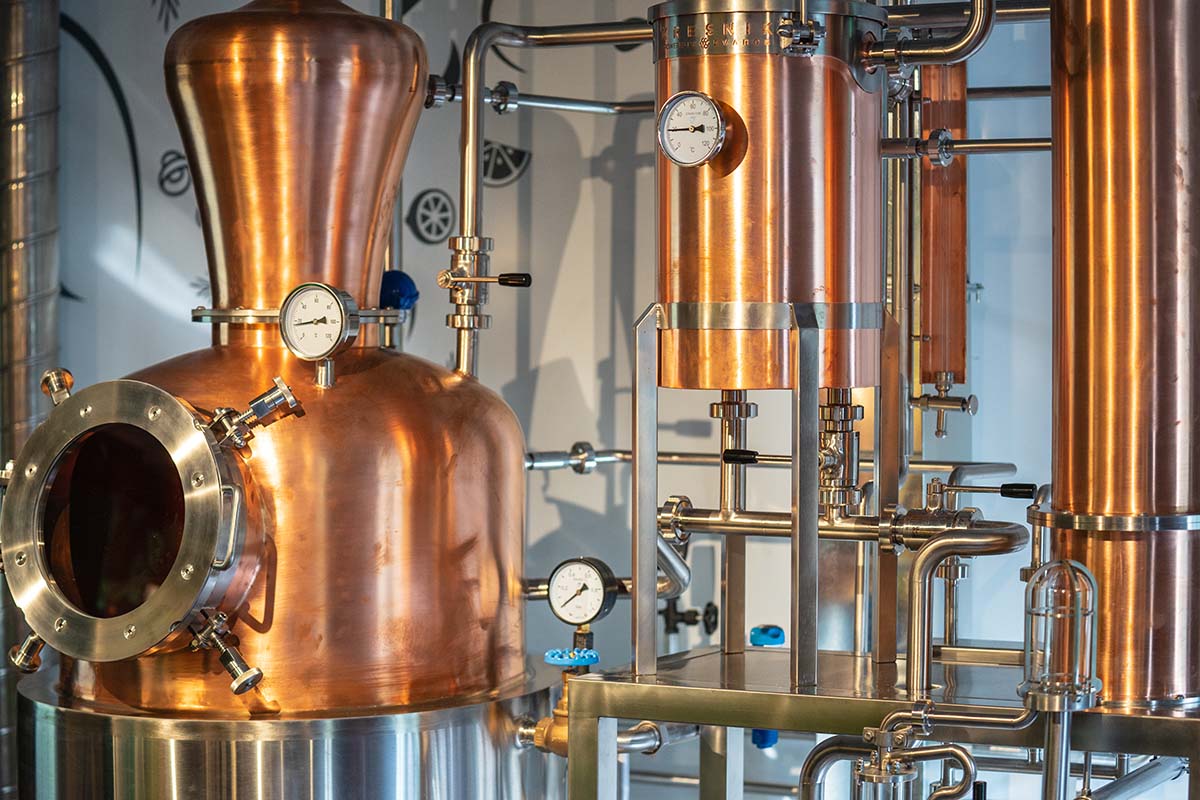
© Distillery
How Does Chartreuse Get Its Colour?
Green Chartreuse derives its colour from chlorophyll, while Yellow Chartreuse gets its hue from saffron. Both colours are completely natural.
What Is the History of Chartreuse?
The history of Chartreuse dates back to 1605 when François Hannibal d’Estrées discovered a secret recipe that allegedly helped its consumers ‘live a long life.’ He brought the recipe to monks near Paris, who later sent it to La Grande Chartreuse abbey. The recipe was eventually tested in 1737, and about 60 years later was perfected to create Green Chartreuse. This new and improved Chartreuse boasted a more mild flavour profile and is the recipe still used today. Seventy-five years later, Frère Bruno Jacquet crafted another tweaked version of the recipe, which became the Yellow Chartreuse we know and love today.
What’s the Difference Between Green Chartreuse and Yellow Chartreuse?
There are several differences between the two versions of Chartreuse, the most obvious being the colour. Green Chartreuse gets its colour from chlorophyll, while the distinctive hue of Yellow Chartreuse comes from saffron.
The base spirits of the two liqueurs are also different: Green Chartreuse is created from sugar-beet spirit, while Yellow Chartreuse is made from a grape-based distillate.
There’s also quite a gap in the alcohol content of each version.
Green Chartreuse is produced from 130 botanicals and is macerated for eight hours. The final product has a very potent ABV (Alcohol By Volume) of 55%. Yellow Chartreuse is also made by monks from a blend of some 130 botanicals, and its exact recipe is a closely kept secret. Other than the colour difference, Yellow Chartreuse is milder than its green counterpart at (only) 40% ABV.
Yellow vs Green Chartreuse Taste
Green Chartreuse is a powerful liqueur and is woody, herbal, and slightly medicinal on the palate. It adds a distinctive herbal and slightly medicinal edge to cocktails.
Yellow Chartreuse, on the other hand, has a sweeter, softer flavour profile. Its flavours are more subtle, with notes of honey and saffron, making it a versatile ingredient for cocktails that require a touch of sweetness.
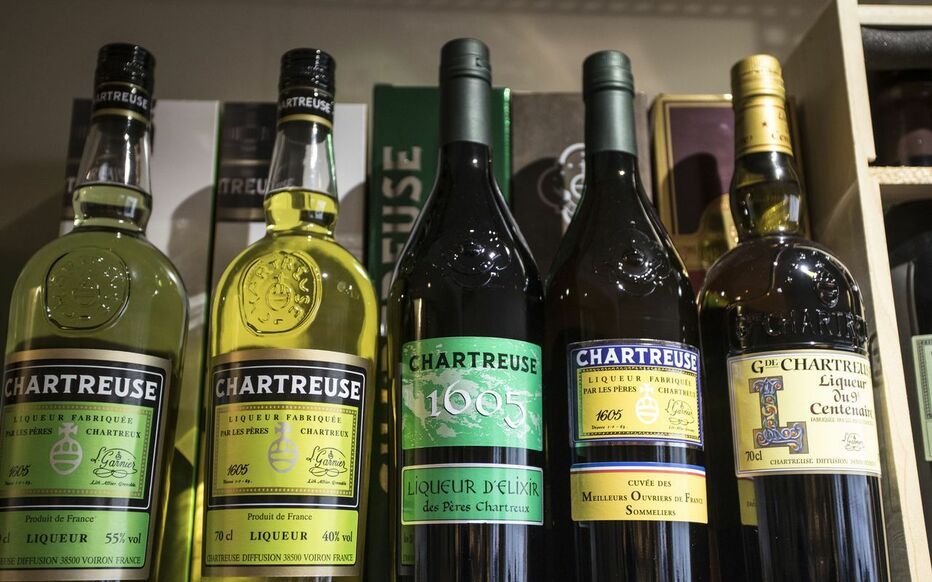
© Chartreuse bottles
How Many Other Types of Chartreuse Are There?
Beyond Green and Yellow Chartreuse, five other varieties exist: Chartreuse VEP, Élixir Végétal de la Grande-Chartreuse, Liqueur du 9° Centenaire, Génépi, and Cuvée des Meilleurs Ouvriers de France.
- Chartreuse VEP (Vieillissement Exceptionnellement Prolongé): Aged longer in oak casks, available in both green and yellow.
- Élixir Végétal de la Grande-Chartreuse: A higher ABV version of Green Chartreuse (around 70%).
- Liqueur du 9° Centenaire: Created for the abbey's 900th anniversary, slightly sweeter than Green Chartreuse.
- Génépi: This drink gets its name for the local term used to describe homemade liqueurs in Alpine areas of France. This particular cuvée of Chartreuse is almost only found in eastern France and is bottled at around 40% ABV.
- Cuvée des Meilleurs Ouvriers de France: A Yellow Chartreuse variation produced with MOF Sommeliers in 2007, also at 40% ABV.
What Does Chartreuse Taste Like?
Chartreuse has a strong, distinctive taste that stands out even among liqueurs. It's slightly sweet but leans more towards herbaceous and vegetal flavours. Yellow Chartreuse is sweeter than Green Chartreuse and carries notes of honey, saffron, and anise spice. On the other hand, Green Chartreuse features prominent flavours of lime, citrus spice, and fresh-cut herbs.
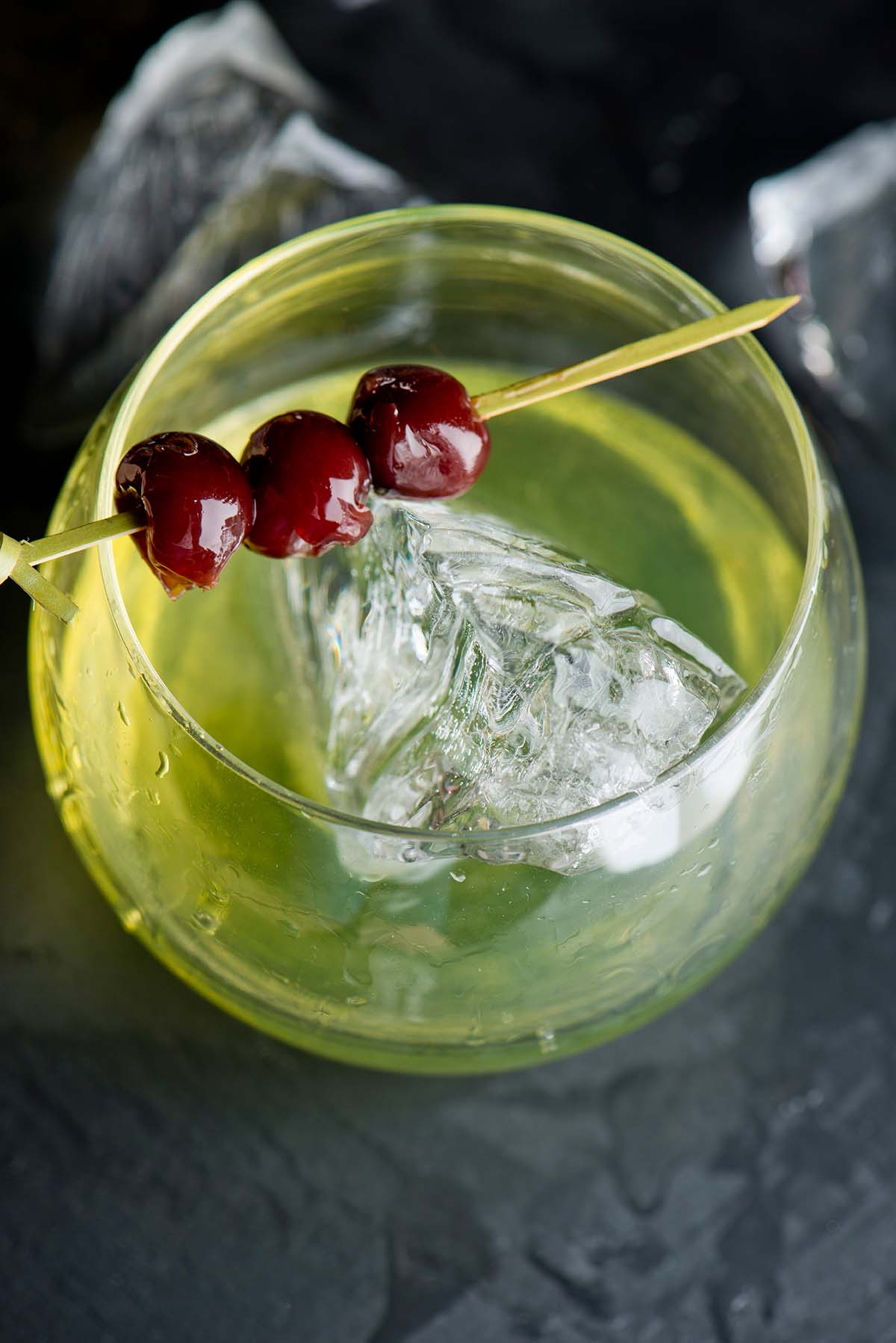
© Chartreuse drink
How Should I Drink Chartreuse?
There are several ways to enjoy Chartreuse. When sipping it solo, make sure to serve it very cold, regardless of whether it's the Green or Yellow variety. This liqueur is also a fantastic addition to cocktails, thanks to its robust herbal flavours that pair well with various spirits. In the Alps, a popular drink is Green Chaud, a homemade hot chocolate mixed with Green Chartreuse for a unique twist.
Some Popular Chartreuse Cocktails to Try
If you're looking to try out the unique herbal flavor of Chartreuse liqueur in cocktails, there are plenty of delicious options to consider.
You can try the Last Word, a classic and refreshing cocktail that mixes Green Chartreuse with gin, maraschino liqueur, and fresh lime juice. Another fantastic choice is the Bijou, which blends Green Chartreuse with gin and sweet vermouth for a rich, complex flavor.
For something a bit more tropical, the Chartreuse Swizzle combines Green Chartreuse with pineapple juice, lime juice, and falernum.
If you prefer the taste of Yellow Chartreuse, the Widow’s Kiss is a must-try, featuring Yellow Chartreuse, apple brandy, and Benedictine for a smooth, aromatic experience.
Fun Fact:
According to CocktailsAndBars.com, to find the production year of a Chartreuse bottle, you simply have to add 1084 to the first three numbers of the batch number on the bottle neck’s label.
Contributor

Editor

